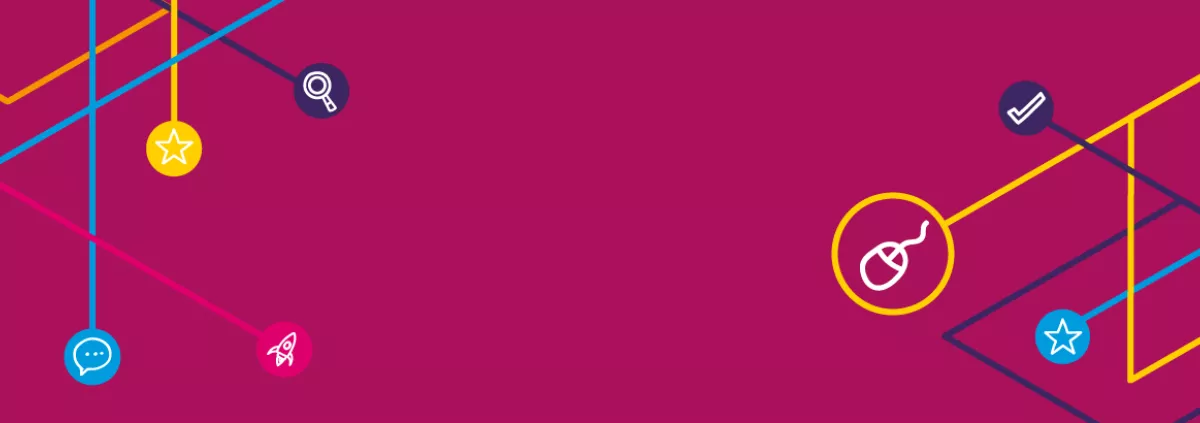Dramatization is an attempt of one or more people to act as if he/they were someone else at a specific time, in a specific situation and on a specific place. Dramatization is a method in teaching and learning that involves non-verbal communication, creates informal and flexible environment, and supports experimentations. Knowing theater techniques can be useful but is not prerequisite to implementing dramatization in teaching and learning. Dramatization in education is an activity which provides learners all learning styles as whole and learning by experience these are by movement, active learning, social learning, learning by discussion, emotional learning, collaborative learning, and learning by discover (Koc & Dikici, 2002).
Dramatization in teaching and learning should be distinguished from Arts Education, since it is using dramatic structure for something that is usually not connected with drama.
Dramatization in education is not a very widely used approach. Starting it can be interesting to both educators and learners and they can be more motivated to work and learn. Dramatization in teaching and learning can be very useful because it deploys different aspects of learners’ personalities such as creativity and artistry that are not always used in education. And dramatization has its holistic nature in strengthening learners’ knowledge and skills at the same time while enforcing empathy and group work, developing social skills and increasing self-esteem and self-confidence.
It should be noted that role playing is only one type of dramatization. Role playing is an approach when learners are accepting and playing different predefined roles in a specific situation. Generally, there is already an established scenario that the learners need to follow, but older or more experienced learners can be allowed to prepare their own scenario too. Role play is performed in groups and generally requires significant amount of time for groups to get into roles and prepare dramatizations. Role play is mainly used in teaching languages or social studies, but it can also be useful in other subjects.
Another approach to dramatization is presenting a text (explanation, description, speech, poem or solving an assignment) in a predefined way. Some of the examples how the text can be delivered are:
- Like a commercial
- Like a political speech
- Like a magic ritual
- Like a eulogy
- Interview with the expert - one learner is an expert, the other is interviewer asking questions
- Talk show – one learner is a host, the other is a guest answering questions.
Different presentation approaches are useful to keep learners’ attention high. The learners are remembering better and longer when they have heard the lesson as a political speech or a magic ritual. Also, competition among learners makes them to strive to be better than others, so they are trying to learn more and to present it better, in more creative or funny way, etc. At the same time, these kinds of activities are helping learners:
- Improving public speaking skills - If learners are new to this activity, they can be divided in small group and do the dramatization only in smaller groups. In this way they will gain experience and can gradually move to presenting it in front of the whole class.
- Learning more about own strengths and how to use them – creativity, flexibility, quick thinking, adaptability, etc.
- Fostering improvisation skills, improving creativity, critical thinking, social skills;
- Last but not least, learning about the subject’s topic in an unorthodox, funny way that will help them remember it longer.
In order to successfully implement dramatization in teaching and learning, the educators should be aware that some preparations are needed. The following is a list of suggestions that could be conducted in preparation of dramatization:
- Plan and adapt adequate needed space, furniture and equipment;
- Support with adequate video materials as examples, if possible and necessary;
- Promote collaboration and group work among learners;
- Design and disseminate rubrics for evaluation;
- Prepare and give feedback for various dramatizations after their end.
As always, if the educator and learners are not familiar with dramatization in education, it is advisable to start small, with dramatization of situations that are short, general and familiar to the groups. And then to widen the context and to use dramatization for more complex and subject specific situations.
Please find below links to further readings on this topic:
- The Use of Dramatization in Education
- The use of dramatization as cooperative teaching-learning strategy
- The Effect of History Teaching Supported by Dramatization Technique on Students’ Achievement and Permanence Level
Dear colleagues, what is your experience with dramatization in education? Do you have your examples of dramatization in teaching and learning?

It is a very good question since now we are more and more working, teaching and learning in a hybrid way. And yes, I think it can be used in hybrid context, especial those approaches where students will need to prepare and present independently or in pairs. More challenging can be presenting as a group, but it can be also more fun and can enforce even more students' creativity.
2178 then we could stage a cross-country virtual drama, engaging some teachers and students from our community, it is just an idea!
41 It is a great idea! Yes, we can try this. It can be very interesting!